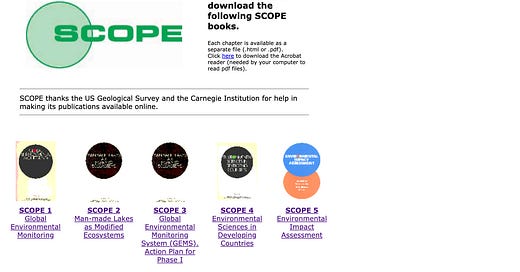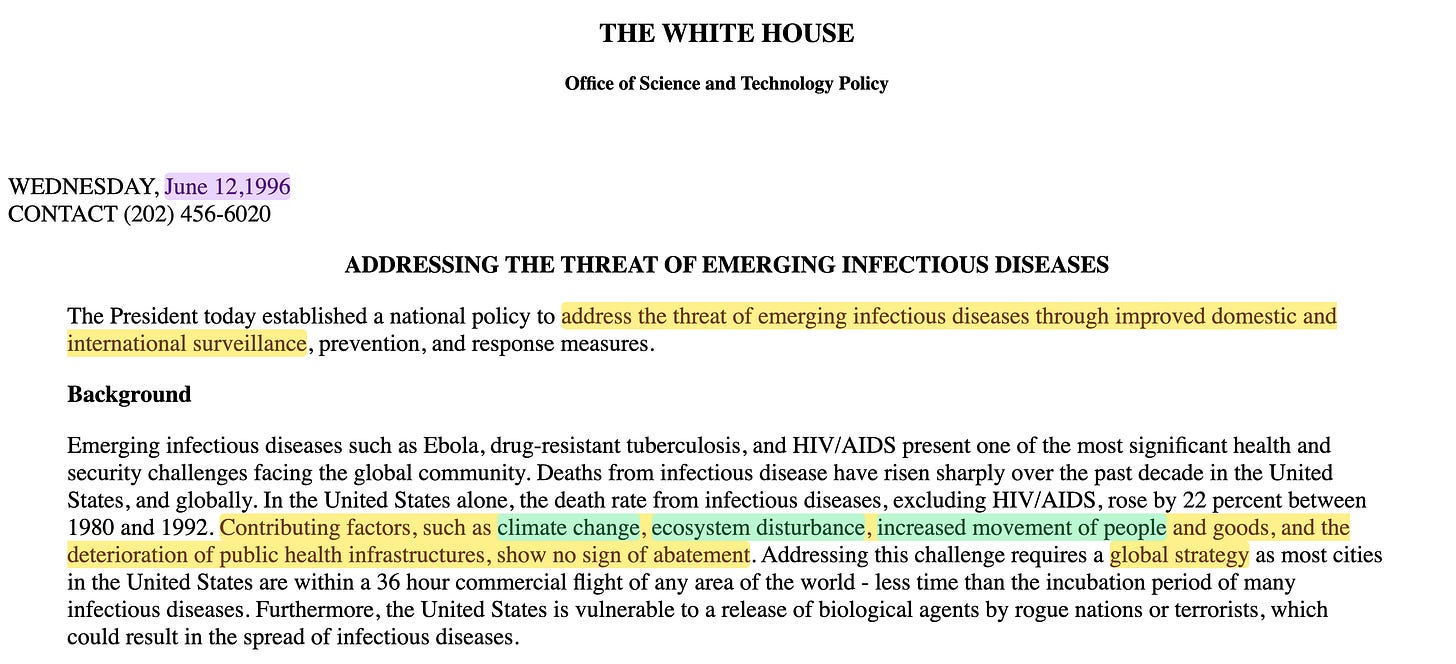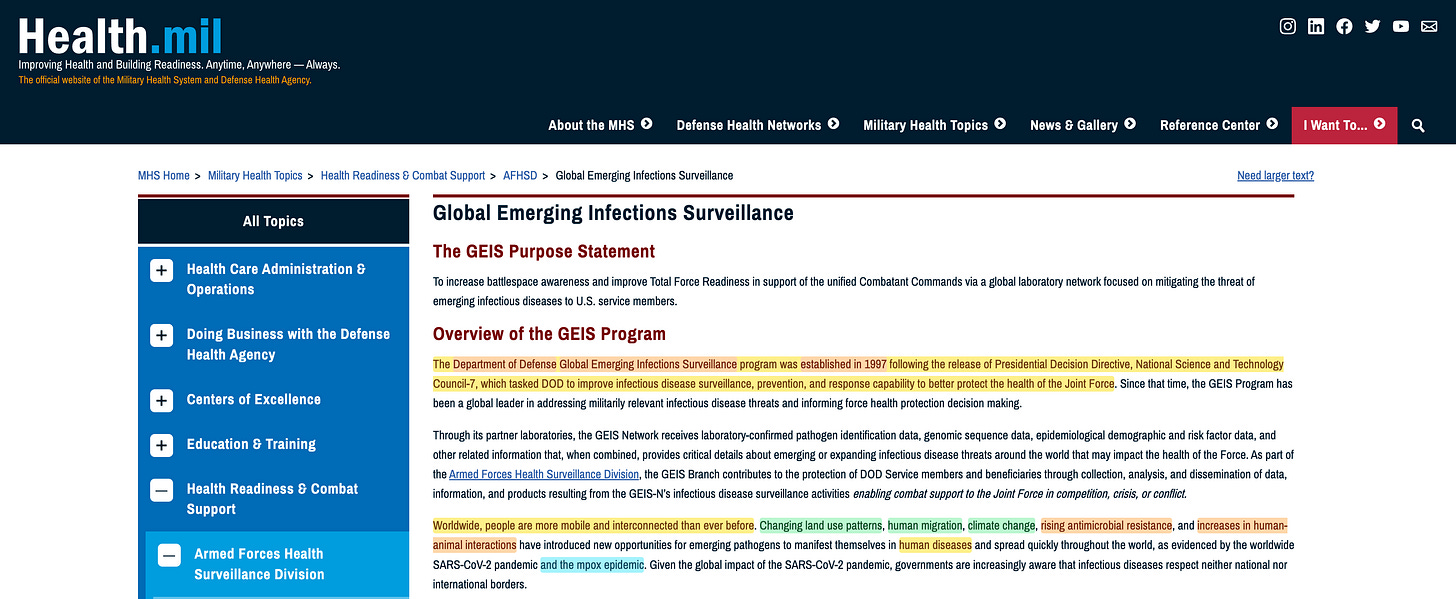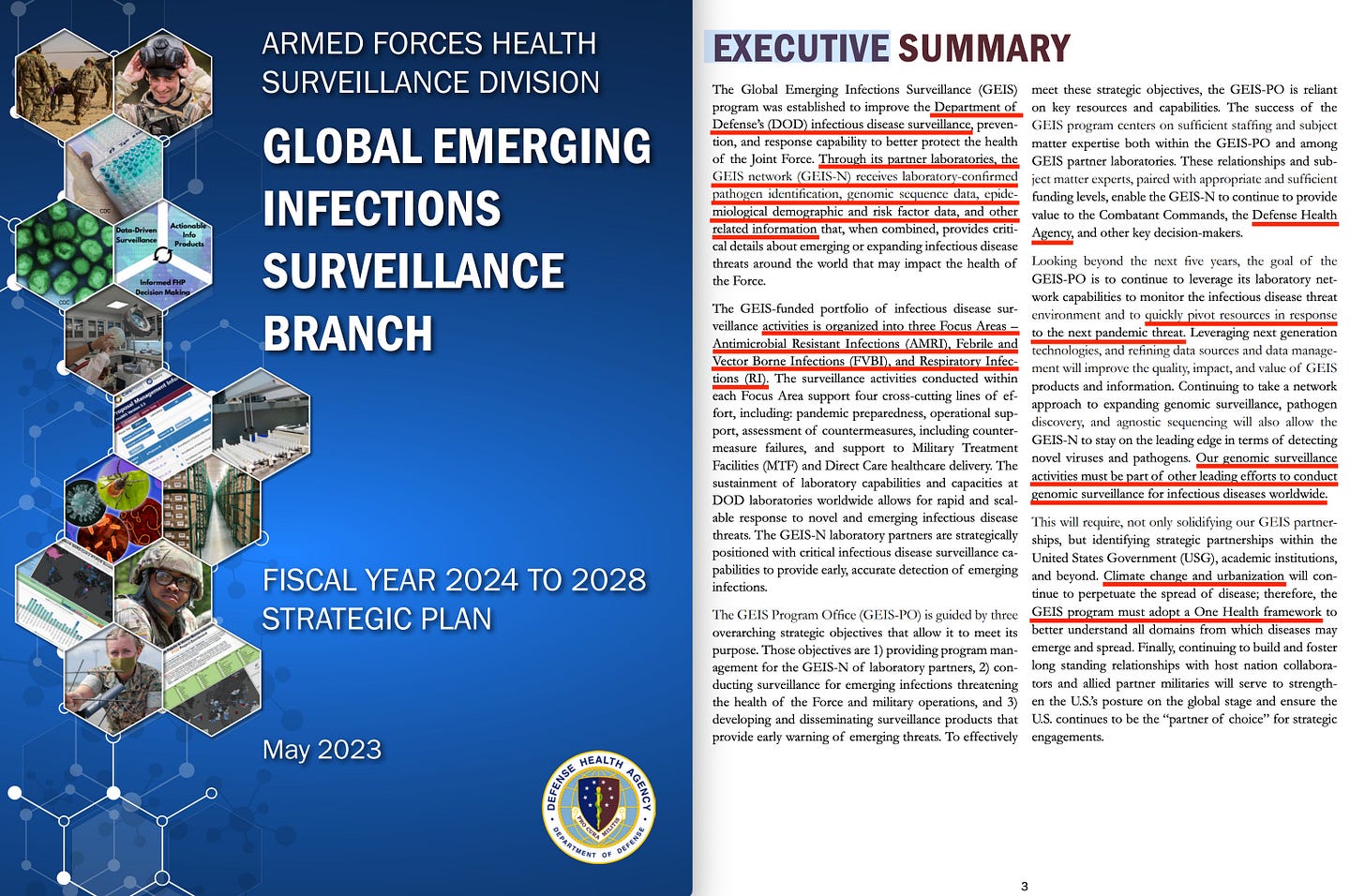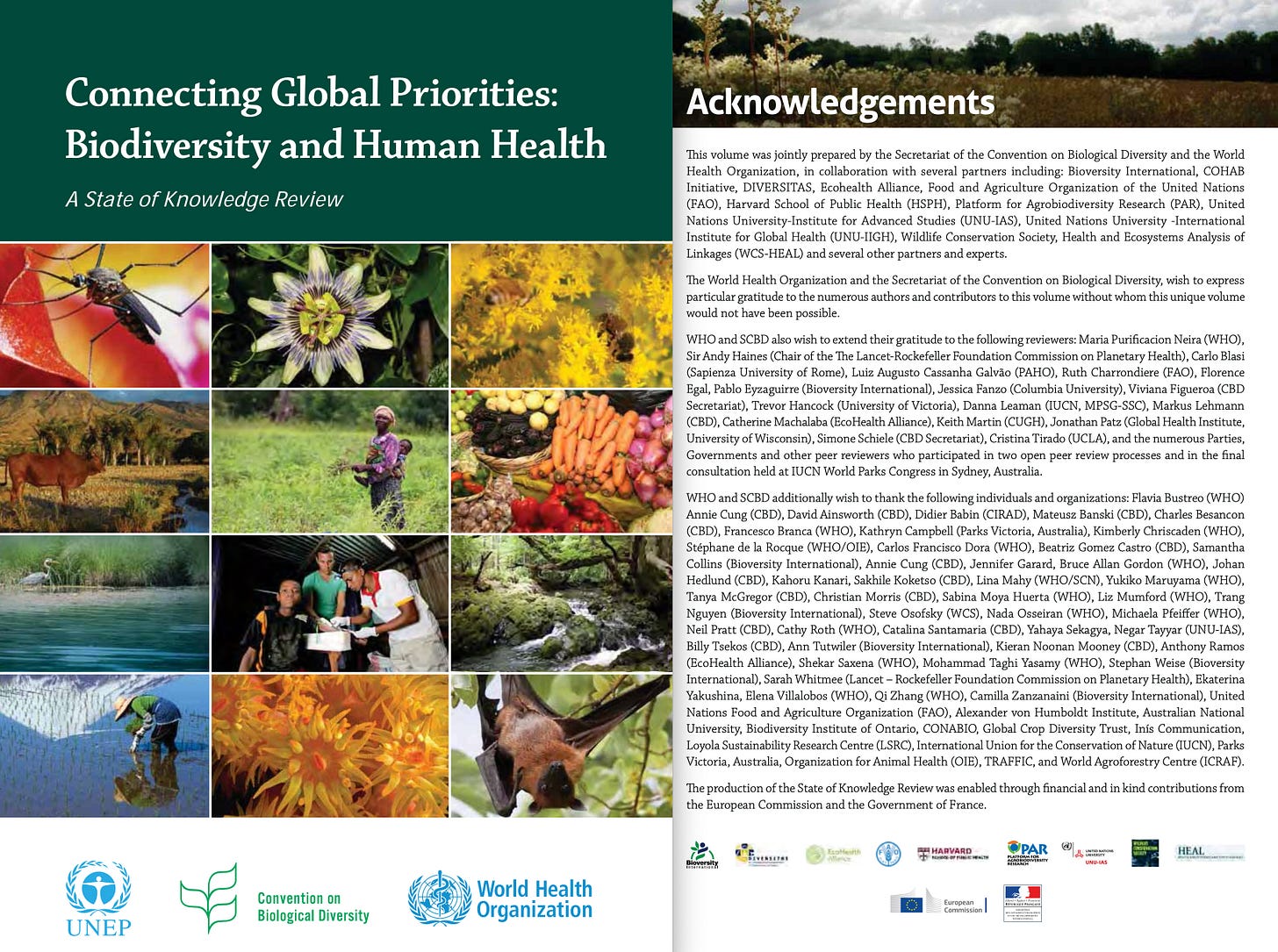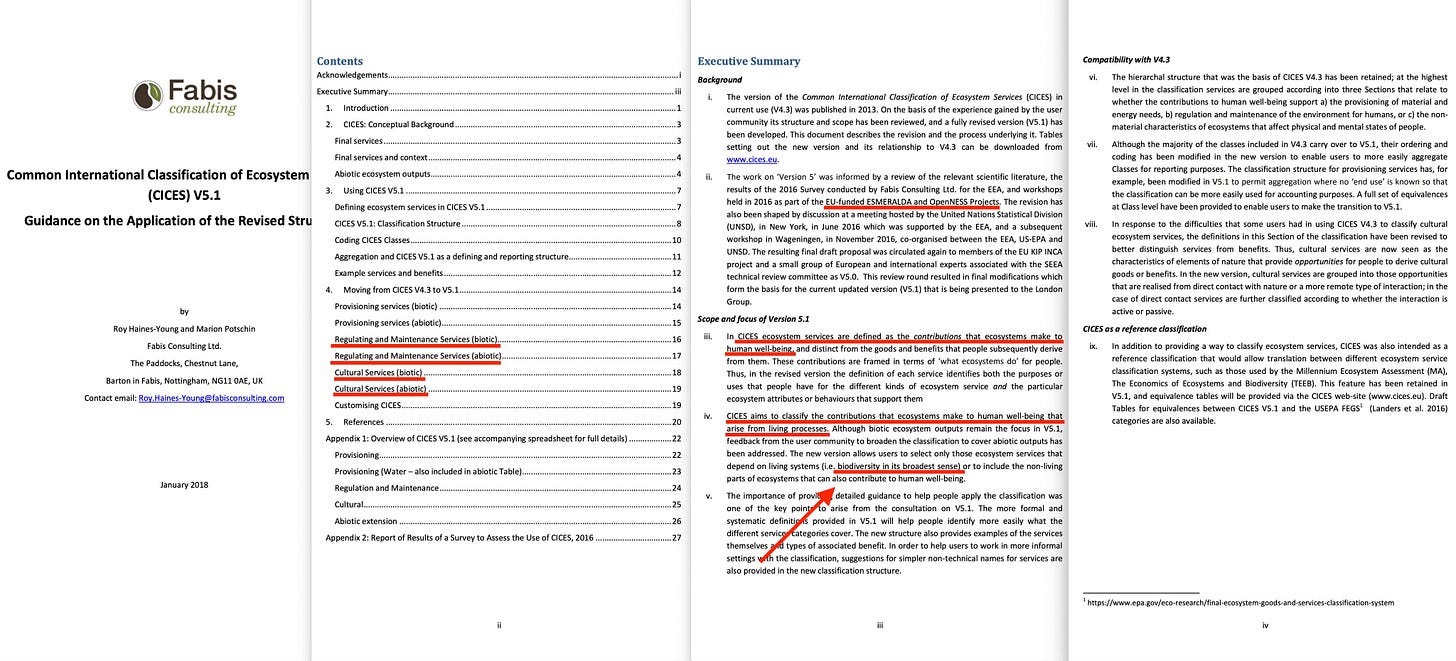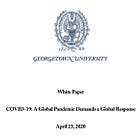New World Surveillance
As I’ve covered surveillance in detail, I will speed-run through most of this stuff.
Commissioned by Maurice Strong in 1971, the Scientific Committee of Problems of the Environment (SCOPE) released their first report; ‘Global Environmental Monitoring’, a report later updated in 1973 post-Stockholm, SCOPE’s third report titled ‘Global Environmental Monitoring System (GEMS). Action Plan for Phase I‘.
And not only was it an early outline of what eventually became a full, global surveillance apparatus, but it also outlined the inclusion of detail, somewhat hard to explain away.
See, this was all allegedly for sakes of saving the environment, but not only did SCOPE 3 include an action plan, but it also dragged in a large range of other factors not relevant in that context. See, what started off with water, air, and soil measurements of a few pollutants quickly spiralled to consider the inclusion of human determinants of health, plus animal surveillance, epidemic forecasting, and the monitoring of indoor environments.
By 1984, 30 different datastreams were revealed, inclusive of not only air, soil, water, plus a range of pollutants, but also oceans, food and health, and in this program, most governments participated.
In 1985, GRID - the Global Resource Information Database - went online, which in short was an early version of a global database, containing all this gathered surveillance information - allegedly, for sakes of protecting us all.
In 1992, the next initiative launced, with calls by the International Geosphere-Biosphere Programme for a Global Terrestrial Observing System (GTOS), with similar systems titled GCOS (Climate), and GOOS (Ocean). Combined, these three made up the program in short initialled GOS, the Global Observing System.
And fast forward to 1996, with Clinton announcing a new initiative - ‘ADDRESSING THE THREAT OF EMERGING INFECTIOUS DISEASES‘ - for sakes of wanting to protect us from emerging diseases, and by 1997, the Department of Defense had kicked off the initiative; the DoD-GEIS was born.
And in that regard, the GEIS is shorthand for ‘Global Emerging Infectious Surveillance’, and they in 2023 released a plan detailing exactly what they were going to surveil…which in short was ‘everything’.
But the calls for an-ever more inclusive approach were heard, as PEPFAR kicked off, and under the guise of the AIDS, set out to install public health surveillance through large parts of Africa, with Peter Piot’s clear approval.
Progressively, however, calls for a common system grew louder, and in 2005, GEOSS was born, based on an idea launched in Johannesburg in 2002.
And the 2019 Canberra Declaration added new ‘opportunities’ such as healthcare.
With Surrey Satellite Systems in 2018 demonstrating live-streaming, and EO4HEALTH - an initiative using the GEOSS backend for sakes of health surveillance, the stage was set for the scamdemic.
… especially, as the 2019 Canberra Declaration also added data from space agencies.
And with the announcement of the scamdemic in the rear view mirror in April 2020, Peter Piot from his deathbed co-authored a detailed Georgetown whitepaper, in short recommending global surveillance as a ‘solution’ to the ‘terrifying’ scamdemic.
And the DoD-GEIS’s report released in 2023? It was every bit as creepy and authoritarian as you can imagine, including climate change, urbanisation, wastewater, food, zoonoses, antimicrobials, and even next-gen genomic sequencing.
But back to GEOSS - the ‘Global Earth Observation System of Systems‘. The intent for this system was for it to be used as a backbone for other systems, and hence we saw the birth of GEO BON - ie, the ‘Global Earth Observation Biodiversity Observation Network’.
But even that has derivatives, because 2023 GBIOS was announced (Global Biodiversity Observing System); an initiative with a specific goal set - reversing biodiversity loss, specifically referring to itself thusly -
‘GBiOS is a missing piece of the science-policy puzzle needed to support the Kunming-Montreal Global Biodiversity Framework‘.
This, of course, is the most recent 10-year plan of the Convention on Biological Diversity, all we need to understand is what data is to be surveilled, titled ‘indicators’.
The first set of indicators were released with the prior 10-year plan - the Aichi Targets - with the full list available here for the decade leading up to 2020. And while some of these appear fractionally cloud cuckoo, the important thing is that they have the ability to measure these.
And what’s more important is that these indicators are early, and consequently, the most egregious haven’t yet been included. But they have suggested where they’re heading with this.
As for which indicators might be selected next… that’s where CICES comes in.
‘CICES aims to classify the contributions that ecosystems make to human well-being that arise from living processes. Although biotic ecosystem outputs remain the focus in V5.1, feedback from the user community to broaden the classification to cover abiotic outputs has been addressed. The new version allows users to select only those ecosystem services that depend on living systems (i.e. biodiversity in its broadest sense) or to include the non-living parts of ecosystems that can also contribute to human well-being.‘
Biodiversity… in it’s broadest sense. And as‘health in its broadest sense’ let us to the Determinants of Health, this just might be abused as well.
… especially considering CICES already in 2018 included ‘service types’ relating to clearly subjective topics.
… and that list might, just might be further revised.
So on the back of the establishment of global surveillance, progressively rolled out since the early 1970s, and how this is used to not just surveil us all, but also for this to be used to create ‘indicators’ to be fed into the Convention on Biological Diversity narrative for sakes of ‘saving the environment’, it’s time to have a look at the foundation of all of this technocracy - science.
The New World Science is up next.
-
For further detail on SCOPE, head over here -
Michael Gwynne was an important character in the regard of GEMS -
Clinton and the 1996 initiative is covered in this article -
For more on DoD-GEIS head over here -
And more on Bush’s claimed sudden interest in AIDS in Africa is here -
The end point of GEOSS is here -
… and Georgetown’s Peter Piot covid epitaph is here -
And finally, starting with Lalonde in 1974, the Determinants can be found here -

